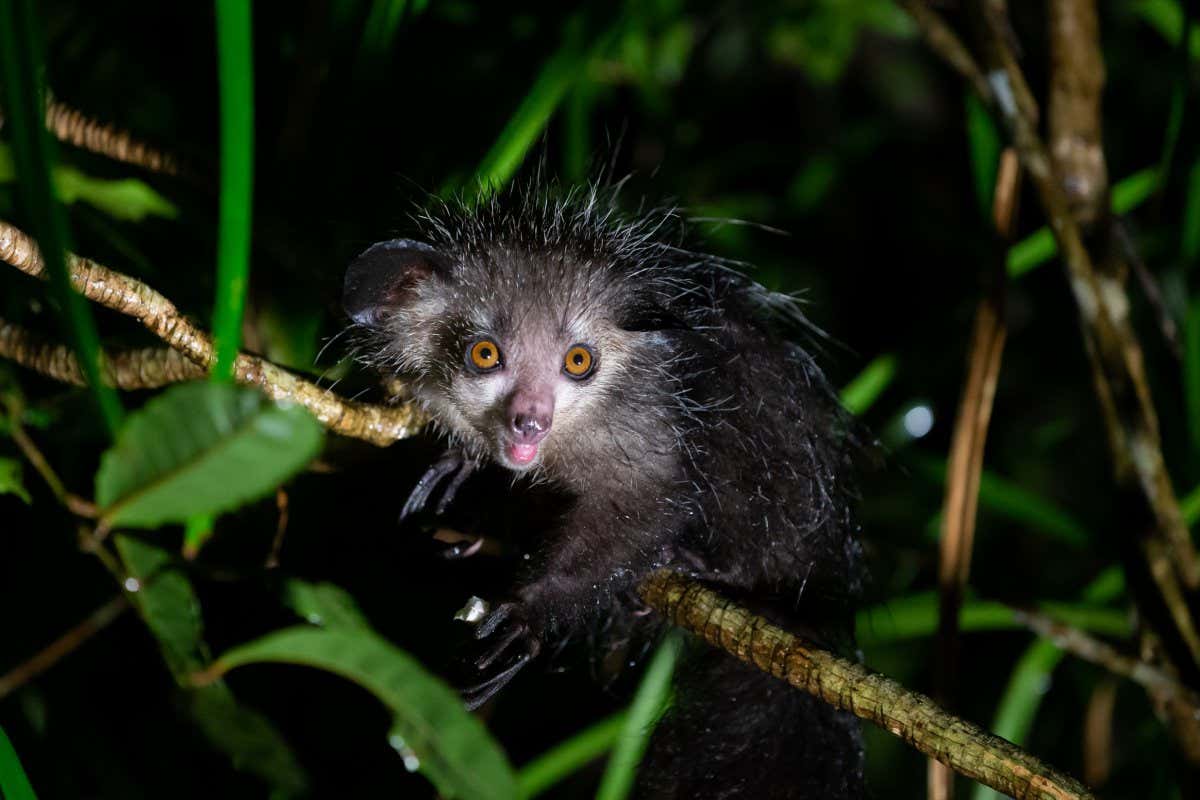Saving the Aye-aye and Possum: A Race Against Time
The plight of endangered species often goes unnoticed, but the unique challenges faced by the aye-aye and various possum species demand our immediate attention. These fascinating creatures are battling habitat loss, poaching, and the devastating impacts of climate change, pushing them closer to the brink of extinction. This article dives into the critical efforts underway to protect these remarkable animals and what you can do to help.
The Aye-aye: A Misunderstood Marvel
The aye-aye (Daubentonia madagascariensis), a lemur endemic to Madagascar, is easily recognized by its distinctive, elongated middle finger used for foraging insects. Sadly, its unusual appearance has led to superstitious beliefs and persecution, contributing significantly to its endangered status.
-
Threats: Habitat destruction due to deforestation is a major threat. Illegal logging and agricultural expansion continue to shrink the aye-aye's already limited habitat. Local beliefs associating the aye-aye with bad luck also fuel hunting and killing.
-
Conservation Efforts: Several organizations are working tirelessly to protect the aye-aye, including:
- The Durrell Wildlife Conservation Trust: This organization focuses on habitat restoration and community engagement in Madagascar.
- The Wildlife Conservation Society: Their efforts include research, anti-poaching patrols, and community education programs.
- Lemur Conservation Network: They work on a range of lemur conservation projects, including habitat protection and anti-poaching initiatives.
Possums: A Diverse Group Facing Peril
Possums are marsupials found across the Americas and Australia. While some species are thriving, many face severe threats, primarily from:
-
Habitat Loss: Urbanization, agriculture, and deforestation are decimating their natural habitats, leading to fragmented populations and reduced genetic diversity.
-
Roadkill: Possums often fall victim to vehicles, particularly in areas with high traffic and limited wildlife crossings.
-
Predation: Introduced predators like feral cats and dogs pose a significant threat to many possum species.
-
Disease: Certain diseases can devastate possum populations, often exacerbated by habitat loss and stress.
Conservation Strategies for Possums
Conservation strategies for possums vary depending on the species and location, but often include:
-
Habitat Protection and Restoration: Creating protected areas and restoring degraded habitats is crucial for ensuring possum survival.
-
Road Ecology Initiatives: Building wildlife crossings and implementing speed limits in areas with high possum activity can reduce roadkill.
-
Predator Control: Managing introduced predators through trapping or other methods can help protect possum populations.
-
Disease Management: Researching and managing diseases affecting possums is vital for long-term conservation.
What You Can Do to Help
Even from afar, you can make a difference in the fight to save aye-ayes and possums:
-
Support Conservation Organizations: Donate to organizations working to protect these species. Even small contributions can make a big impact.
-
Educate Yourself and Others: Learn more about the threats facing these animals and share your knowledge with friends and family.
-
Support Sustainable Practices: Make conscious choices to reduce your environmental impact by supporting sustainable agriculture and reducing deforestation.
-
Advocate for Stronger Conservation Policies: Contact your elected officials to urge them to support policies that protect wildlife and their habitats.
The future of the aye-aye and many possum species hangs in the balance. By working together and supporting conservation efforts, we can help secure their survival for generations to come. Let's make a difference today. Learn more and get involved at [link to a relevant conservation organization's website].

